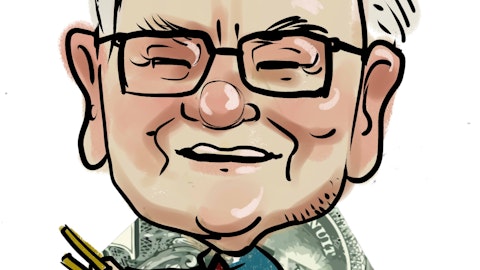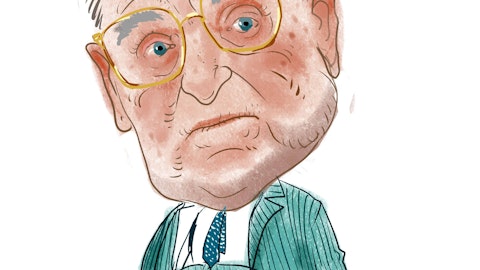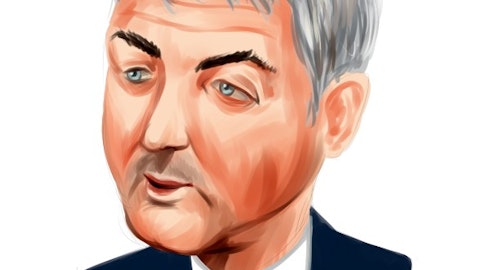GameStop Corp. (NYSE:GME) was once a sixty-dollar stock, riding the videogame industry to stellar returns in the middle part of last decade. Over the past five years, though, shares have been literally cut in half. There have been a number of factors responsible for this decline, but it all starts with the videogame industry’s secular bearishness.
Consider the following statistic: December videogame retail sales—as measured by NPD Group—fell 22%, marking a twelfth straight month of decline. On the whole, sales fell from roughly $17 billion in 2011 to $13.3 billion this past year. In 2008, industry wide sales eclipsed $20 billion.
Reasons for this downtrend range from a lack of next generation console hardware to increased competition via mobile apps, but its effects aren’t the only headwind GameStop is facing at the moment. Due to the fact that the game retailer relies so heavily on traditional brick-and-mortar customers, it is also wounded by the shift to digital downloads.
By the latter part of this decade, most analysts expect digital game sales to eclipse at least $30 billion, up $10 billion or so from today’s levels. Now, obviously, GameStop has sought to gain exposure in this arena, but its efforts haven’t been enough to warrant investors’ optimism. The company did acquire PC digital merchant Impulse in 2011, but it’s dwarfed by Valve Steam, and does not give GameStop any way to tackle the console industry.
Going forward, a second tier positioning in PC digital delivery is not enough for GameStop to return to its mid-2000s era heights, and the sell-side looks to agree; analysts expect the company’s bottom line to shrink by 9% over the next year. Over the longer run, as we head into the next generation of consoles, it’s evident that the manufacturers—Microsoft Corporation (NASDAQ:MSFT) and Sony Corporation (NYSE:SNE), most notably—will offer gamers the option to purchase content directly from their online stores, leaving GameStop in the dust.
What else should the company be worried about?
As if this weren’t enough, it looks as if game developers themselves also want to get into the action, which would only serve as a nail in GameStop’s proverbial coffin. Electronic Arts Inc. (NASDAQ:EA), for example, has been one of the most vocal game makers in this space. EA Labels President Frank Gibeau has said, “We’re going to be a 100% digital company, period. It’s going to be there someday,” adding “It’s inevitable.”
If this truly is the case, we can assume that competitors like Activision Blizzard, Inc. (NASDAQ:ATVI) and Take-Two Interactive Software, Inc. (NASDAQ:TTWO) won’t be far behind, squeezing GameStop even more.
While the company does hold a dominant position in the used videogame market—about 80%—we wouldn’t bet against the multitude of gusts blowing straight in the face of GameStop. At a lowly 6.7 times forward earnings, this stock looks more like a value trap than a value play, even if it is cheaper than most of the game developers—Activision (11.7x), Electronic Arts (11.9x)—and the console makers Microsoft (8.4x) and Sony (12.1x).
Heck, even though GameStop pays a 4.3% dividend yield, which is above Activision (1.6%), EA, Take-Two, Microsoft (3.4%) and Sony (2.7%), we still wouldn’t bet on the return outpacing this stock’s depreciation.
In the hedge fund industry, it appears that some of the biggest players agree. Ken Griffin (-61%) (see Ken Griffin’s other moves here), Paul Tudor Jones (-68%), the duo of John Overdeck and David Siegel (-67%), and D.E. Shaw (-79%) (see D.E. Shaw’s top picks) were all trimming their positions quite significantly in the last 13F-filing period.
For more GameStop coverage, check out the stock’s profile page on Insider Monkey.
Additionally, more related articles can be seen here:
“Magic Formula” Creator’s Top Stock Picks






